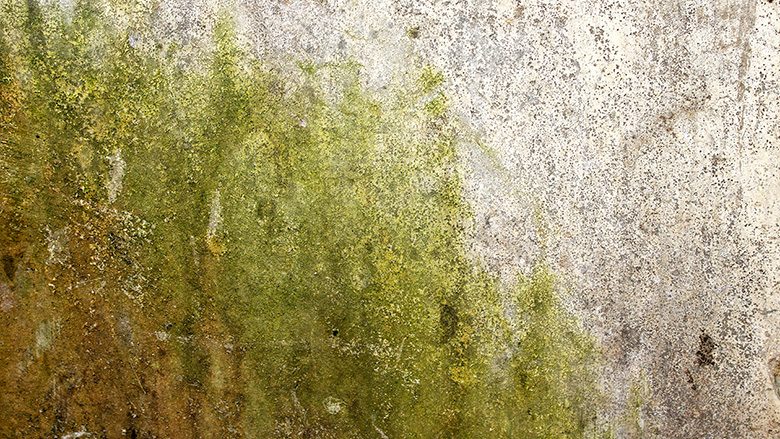Strength in Numbers
So now that we’ve sent the premiere issue of R&R out the door (whew) to a more-than-positive reception (again, whew), we can focus on what really matters: You. Reading this. Right now.
It’s no exaggeration that the publishing industry has become so specialized and attuned to the needs and wants of an ever-more-discriminating public that if you can come up with a job, a hobby or a momentary whim, odds are there is a magazine out there for you. And why not? When people have an interest in something, it’s only natural to want to learn more about it.
That’s why when you pick up an issue of R&R, you not only get business and marketing tips and ideas, case studies (check out Bill Begal’s article on page 18; it’s the project that earned his firm The Phoenix Award from the RIA earlier this year.) and technical features written specifically for the restoration and remediation professional, you get to hear from a cross-section of the various associations and organizations from across the industry. For example:
The Indoor Air Quality Association is dedicated to promoting the exchange of indoor environmental information, through education and research, for the safety and well being of the general public. They’re hosting their 10th Annual Meeting & Exposition in Las Vegas this October.
The Institute of Inspection, Cleaning and Restoration Certification’s S500 and S520 Standards for water damage and mold remediation, respectively, are more often than not the guidelines you’re following when you’re performing work of this nature, whether you know it or not. And from what I hear, the next edition of the S520 should just about be out for your consumption.
The Restoration Industry Association (formerly the ASCR) is still as focused and as dedicated to the industry as ever, maybe even more so. Based on last year’s event in Denver, expectations for the Fall Conference in Garden Grove, Calif. are high, but I have no doubt that the RIA brain trust is up to the task.
You can read more from these groups, as well as from the American Bio-Recovery Association and the National Institute of Restoration, starting on page 76. In addition to more-detailed descriptions of what these groups have been up to – and what they’ve got coming up – you’ll find their contact information, in case something you read flips a switch, hits a nerve or makes you think, “That doesn’t sound too bad….”
After all, a little peer support goes a long way.
It’s no exaggeration that the publishing industry has become so specialized and attuned to the needs and wants of an ever-more-discriminating public that if you can come up with a job, a hobby or a momentary whim, odds are there is a magazine out there for you. And why not? When people have an interest in something, it’s only natural to want to learn more about it.
That’s why when you pick up an issue of R&R, you not only get business and marketing tips and ideas, case studies (check out Bill Begal’s article on page 18; it’s the project that earned his firm The Phoenix Award from the RIA earlier this year.) and technical features written specifically for the restoration and remediation professional, you get to hear from a cross-section of the various associations and organizations from across the industry. For example:
The Indoor Air Quality Association is dedicated to promoting the exchange of indoor environmental information, through education and research, for the safety and well being of the general public. They’re hosting their 10th Annual Meeting & Exposition in Las Vegas this October.
The Institute of Inspection, Cleaning and Restoration Certification’s S500 and S520 Standards for water damage and mold remediation, respectively, are more often than not the guidelines you’re following when you’re performing work of this nature, whether you know it or not. And from what I hear, the next edition of the S520 should just about be out for your consumption.
The Restoration Industry Association (formerly the ASCR) is still as focused and as dedicated to the industry as ever, maybe even more so. Based on last year’s event in Denver, expectations for the Fall Conference in Garden Grove, Calif. are high, but I have no doubt that the RIA brain trust is up to the task.
You can read more from these groups, as well as from the American Bio-Recovery Association and the National Institute of Restoration, starting on page 76. In addition to more-detailed descriptions of what these groups have been up to – and what they’ve got coming up – you’ll find their contact information, in case something you read flips a switch, hits a nerve or makes you think, “That doesn’t sound too bad….”
After all, a little peer support goes a long way.
Looking for a reprint of this article?
From high-res PDFs to custom plaques, order your copy today!



